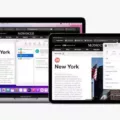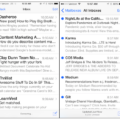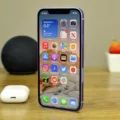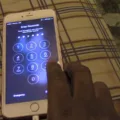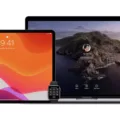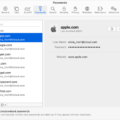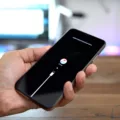Have you ever heard of a blacklisted iPhone? If not, you’re not alone – many people don’t know what it means when an iPhone is blacklisted. In short, a blacklisted iPhone is a phone that has been blocked by the carrier from accessing cellular networks. This can occur if the device was reported as lost or stolen, or if the user was unable to pay for their contract or acquired the device through fraud.
When an iPhone is blacklisted, it means that it won’t be able to access cellular services and would be limited to only using apps like music, movies, and games. Unfortunately, this makes the device practically useless for making calls or using other phone services.
Fortunately, there are ways to have your iPhone’s IMEI unblocked or removed from the carrier’s block list. The easiest way to do this is to contact the previous owner and ask for their help. They may be able to provide proof of ownership so that you can get the device unlocked and back in working order.
It’s also important to note that if your phone was used in fraudulent activity, it may be blacklisted up to 120 days after the event since it may take longer for this activity to be detected. Additionally, if your phone was reported as lost or stolen, it may be blacklisted up to 30 days after the event.
If you are considering buying a used iPhone, make sure you check whether or not it has been blacklisted before making your purchase!
Can a Blacklisted iPhone Be Unlocked?
Yes, you can unlock a blacklisted iPhone. However, it is often difficult and time-consuming to do so. The best way to proceed is to contact the previous owner of the device and request their assistance in unlocking it. Since they are likely the ones who reported the device as stolen or lost, they may be willing to provide you with the information necessary to unlock it. Alternatively, some wireless carriers may be able to help you if you call their customer service line and explain your situation.
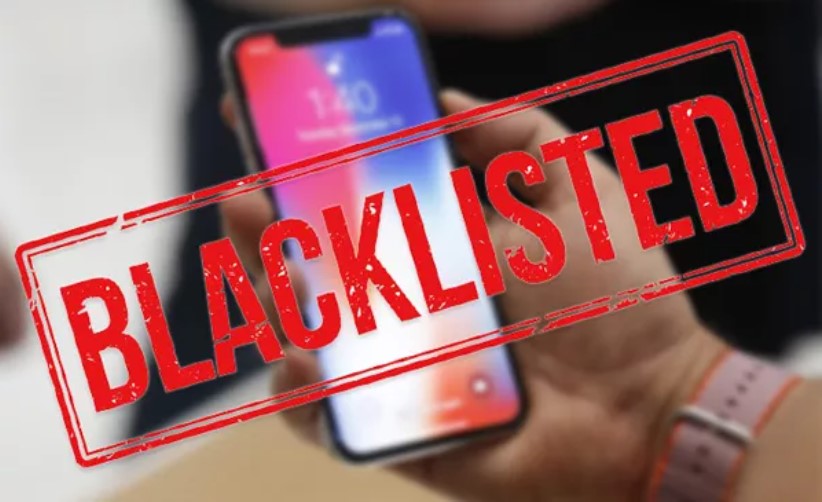
The Consequences of an iPhone Being Blacklisted
An iPhone can be blacklisted for a variety of reasons. The most common cause is when it is reported as lost or stolen. When an iPhone is reported as such, the device’s unique International Mobile Equipment Identity (IMEI) number is put on a blacklist, preventing the device from being used on any cellular network. Blacklisting can also occur if the user of the device is no longer able to pay for their contract or if the phone was acquired through fraud. In some cases, a carrier may also blacklist a phone if it has not been used for an extended period of time. In all cases, once blacklisted, an iPhone cannot be used on any carrier networks until it is removed from the blacklist.
Duration of an iPhone’s Blacklisting
An iPhone can stay on a blacklist for up to 120 days depending on the circumstances. If an iPhone is stolen, it may be blacklisted 30 days after the event. However, if the phone has been used in fraudulent activity, it could take up to 120 days for it to be blacklisted. If you believe your phone is blacklisted, we recommend you first contact the seller to determine why it may be blacklisted and what steps you can take next.
Can Blacklisted Phones Be Used?
Yes, blacklisted phones can still be used, although their functionality will be limited. You won’t be able to make or receive calls or use cellular services on your device. However, you will still have the ability to access other features such as playing music, movies, or games.
Removing an iPhone from the Blacklist
To take your iPhone off the blacklist, you must first identify the source of the issue. If it is a carrier issue, you will need to contact your carrier and ask them to remove the block. If it is an iCloud issue, you will need to log in to your iCloud account and adjust the settings accordingly. Finally, if it is a software issue, you may need to reset your phone or update its software. Once you have identified and addressed the source of the issue, your iPhone should be removed from the blacklist.
Can a Blacklisted IMEI be Removed?
Yes, IMEI can be removed from the blacklist. The only official way to do this is to contact your carrier (the company you use for cellular service) and request that they unblock it. This process varies from carrier to carrier, so it’s best to contact them directly for more information on how to proceed.
Consequences of Inserting a SIM Card into a Blacklisted Phone
If you put your SIM card into a phone that is blacklisted, the cellular network will not allow the phone to connect. This means that your phone will not be able to access any data services, including text messaging, calling, and internet browsing. Your phone may still be able to dial emergency numbers (such as 911 in the United States) depending on the country and network provider. However, even if you are able to make calls with a blacklisted phone, you may experience poor call quality and connection issues. Additionally, some carriers may block incoming calls from blacklisted phones, or even terminate your service altogether if they detect that you are using a blacklisted device.
Consequences of Blacklisting a Stolen iPhone
When you blacklist a stolen iPhone, it is added to a global database of lost and stolen devices. This means that the device will not be able to be reactivated or used with any mobile network provider. It will also be blocked from Apple services, such as iCloud, iMessage, FaceTime, and other services. Additionally, if the device is ever recovered, it will remain marked as lost or stolen so that it cannot be reactivated by anyone else.
Conclusion
In conclusion, iPhones are great devices that come packed with many features and benefits. However, if an iPhone is blacklisted due to it being reported as lost or stolen, using cellular services on the device will not be possible. In this case, the best solution is to contact the previous owner and ask for their help in unlocking the phone. If that isn’t possible, the device can still be used for other purposes such as listening to music or playing games.

